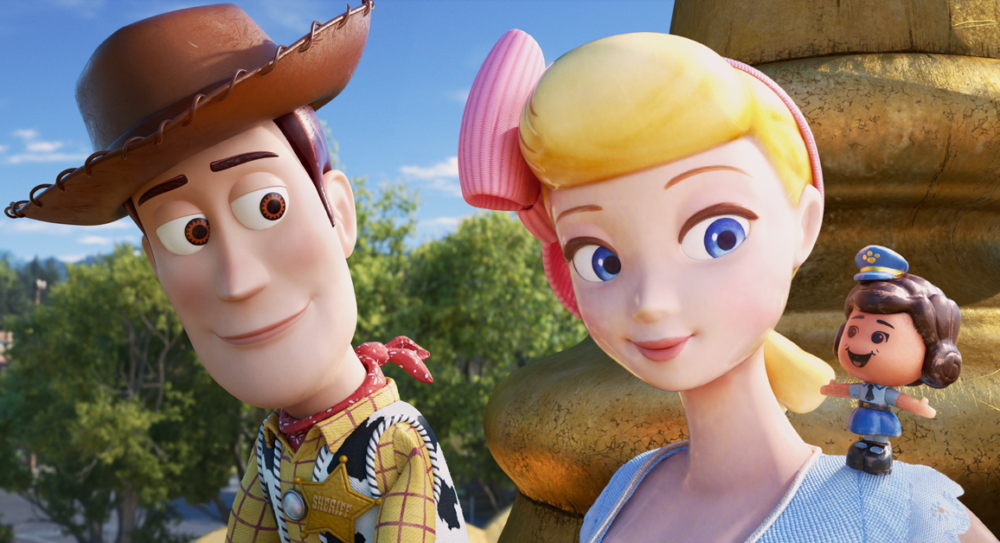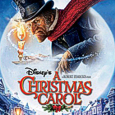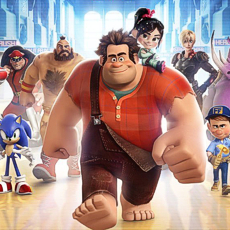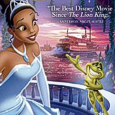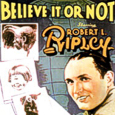Unable to make any new friends on her first day of kindergarten, Bonnie creates Forky, a beady-eyed spork who quickly becomes her favorite toy. Baffled and horrified by his sudden existence, Forky keeps trying to discard himself, much to the frustration of Woody, who is constantly having to save him from self-destruction. When Forky manages to escape during a family vacation, Woody is separated from his friends in order to rescue him, but the journey takes an unexpected turn when he finds himself in an antique store which has the lamp belonging to his old flame Bo Peep. But the store is also the home of Gabby Gabby, an old talking doll who is desperate for something he has, and with a small army of ventriloquist dummies on her side, he may not be able to get home in one piece…if he’s even able to go home at all.
Toy Story 4 is something of a tough nut to crack. On the one hand, it arguably had no reason to be made, as Toy Story 3 already served as a bittersweet yet satisfying “ending” to one of the most beloved film franchises of all time. On the other hand, a fourth Toy Story was always going to be a tempting proposition for Disney–to the point where there was even a joke about it in Muppets Most Wanted–and here we are, nine years since the release of the last film, with what may (or may not) be the last entry of the series now playing in theaters. Does it live up to the legacy established by the previous movies? And, perhaps more importantly, does it justify its own existence?
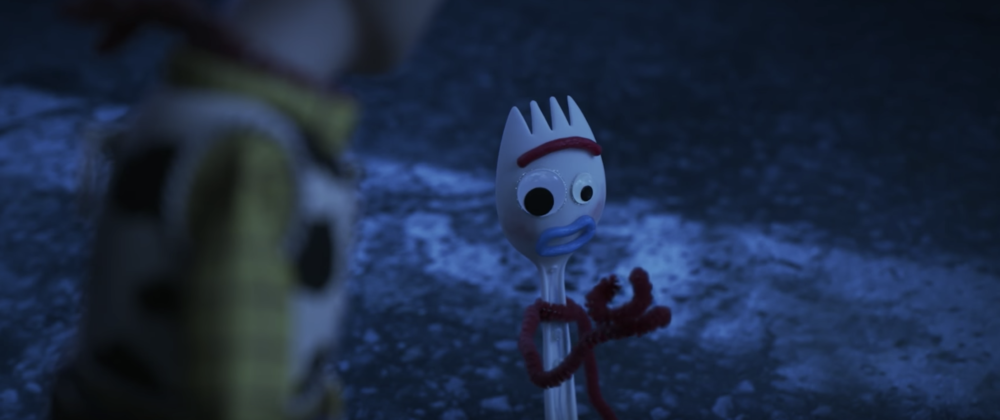
The answer to both questions, for the most part at least, is a resounding yes. Toy Story 4 may not quite have the same emotional and physical stakes that made Toy Story 3 feel so special, but in many ways it’s just as strong as a movie, providing plenty of laughs, suspense, and everything else that Pixar has become famous for.
From a character standpoint, the movie follows in the footsteps of the previous installments, exploring the established themes of the series even as it’s willing to turn some of them upside down. If Toy Story was about finding importance in your place in the world and the latter movies were about coming to terms with the inevitability of mortality, then Toy Story 4 is centered around what happens when you are truly on your own, what that means for your own self-worth, and whether or not you need to be in a relationship to be happy. We’ve known since the first film that toys feel no bliss like that they experience when children love them, but when those children grow up, are toys supposed to just accept their status as discarded memorabilia and resign themselves to that fate?

All of the movie’s main characters are dealing with this theme on a different level. For Woody, who once saw Buzz Lightyear as a threat to his own well-being when he took Andy’s attention from him, it’s about placing the happiness of the child above everything else. Bonnie has lost interest in him, preferring to play with Jessie instead, but rather than view her new creation (and initial abomination) Forky as an obstacle, Woody commits himself to protecting him even as it means risking his own personal safety. Toys are not allowed at kindergarten, so Forky–who can fit inside Bonnie’s backpack–is precious to her as some form of companionship, as she is too shy to talk with the other kids. On a more comical note, Forky is dealing with Bonnie’s affection with utter confusion. Since he was born from trash, he instinctively wants to be thrown away, but his own naivete over what love means eventually evolves into something sweetly moving.
Yet it’s the sense of abandonment–and how one personally views it–that is most crucial to Bo Peep, but is almost as notable in regards to Gabby Gabby and even to a certain extent to new comedy goldmine character Duke Caboom. In a prologue, we learn that Bo was given away when Andy was quite young (as she is not a toy, but part of a piece of furniture in his sister Molly’s room, not as much value was placed on her), but rather than living out her life in a happy new home as Woody told the others, she instead spent several years rusting away on the shelf of an antique store. Having escaped and now living on her own in a city park, Bo finds her freedom–her lack of a partner, if you will–liberating, though she still appears to very much miss Molly, even if she never tells anyone directly.
By contrast, Duke Caboom, an Evel Knievel-style stunt cyclist action figure, still feels incredible (though comedic) insecurity over having been thrown away by his kid only minutes after having been taken out of the box. His brief moment of a child loving him–again, of being in a relationship, so to speak–is what he clings on to as the happiest time of his life, and what has simultaneously held him back in the process.
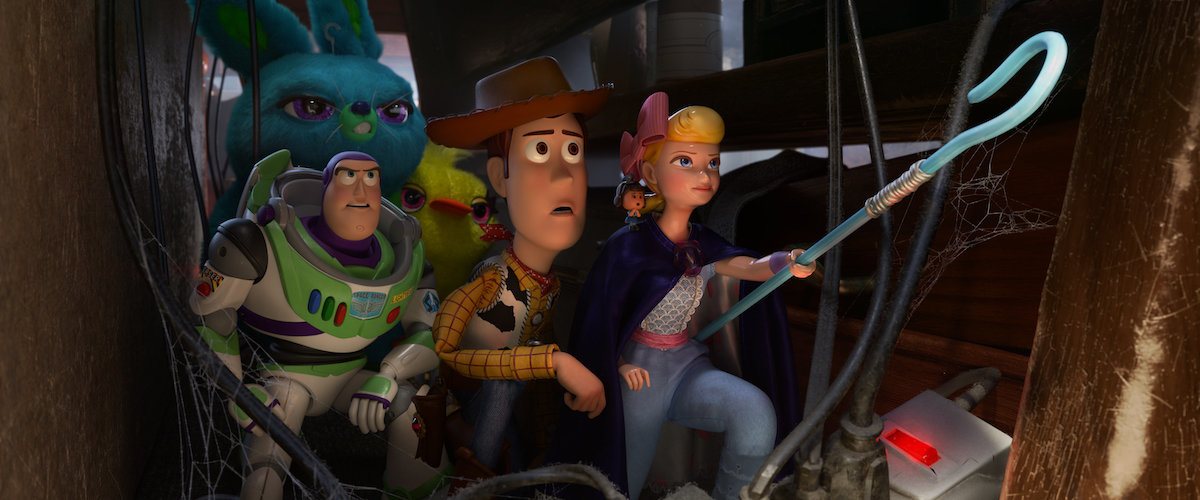
But it’s Gabby Gabby who’s the most tragic character. A pull string doll with a broken voice box, she blames her lack of a child over what she perceives as an inescapable flaw within her, and her inability to speak to children might explain why she surrounds herself with ventriloquist dummies who are themselves incapable of speech. Having never been loved, she’s placed all of her emotional stock over being adopted by a little girl who regularly goes to the store, complete with a literal storybook ending she reads to herself in which she is able to live happily ever after.
If it feels at this point like I am talking about Toy Story 4 more on a philosophical note than a typical movie review one, it’s because the movie invites that sort of discussion. Not since Inside Out has Pixar achieved this level of successful–and sometimes provocative–poignancy, and while it’s not going to floor you quite as much as that film (or, for that matter, Toy Story 3), bringing tissues is nevertheless highly recommended.
Though even if it didn’t have all of its emotional gravitas going for it, Toy Story 4 would still be terrifically entertaining, and it’s amazing how much it works as a suspense film. Nearly 25 years after the franchise began, the audience still flinches every time these toys get stepped on, torn open, or smashed into a wall. This is helped greatly by the animation, which might be the most detailed Pixar has ever produced. You’ve never seen rain look this great in an animated movie, as drops pound down on Woody’s cloth body with almost breathtaking realism. You can see the individual stitches on Bo’s cape, the floating specs of dust in the antique shop, and, of course, tons of the studio’s usual Easter Eggs (blink and you’ll miss a “Battlesaurs” lunch box). A traveling carnival, where a good portion of the movie takes place, practically explodes with life as its lights dominate the night sky, overflowing the screen with action in a borderline intoxicating manner (as an aside, Toy Story 4 is the first in the series to be presented in the widescreen format).
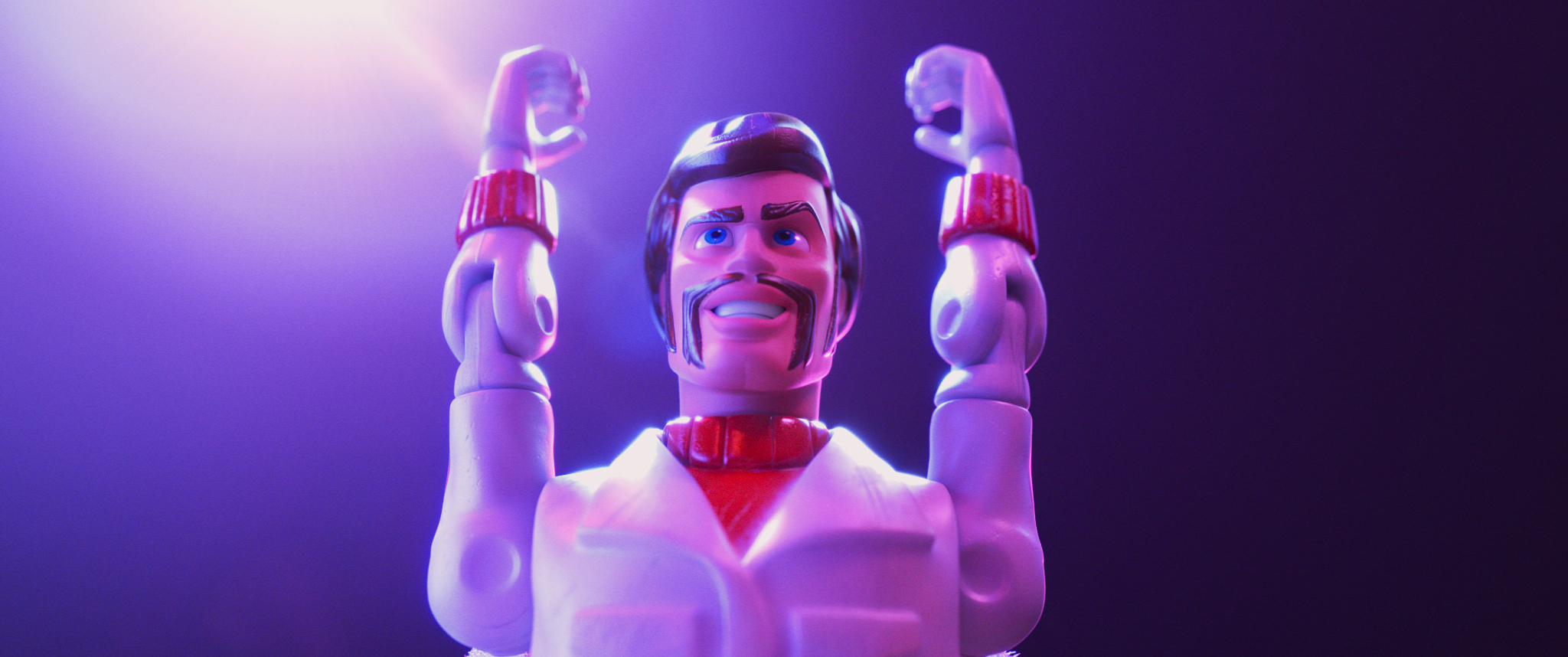
Perhaps naturally at this point, given how long this series has been going on for, the voice actors do a wonderful job. Tom Hanks plays Woody as a parent more than anything here, allowing the character to become “older”, but his temper still breaks out from time to time. Tim Allen’s Buzz Lightyear is, once again, more or less reduced to a running gag character, though it’s a very funny gag, and Allen nails it perfectly with his usual sense of clueless certainty.
Annie Potts is arguably given the biggest challenge as far as the returning cast members are concerned, as she essentially has to completely transform the character while still maintaining her “Southern gal” charm. Initially, I was a little concerned about Bo going through a “girl power” change simply for the sake of “updating” something that wasn’t broken to begin with, but the movie manages to handle her arc in a way that feels very organic (she also, for whatever reason, has a bit of a butt now).
The new arrivals to the cast–including Tony Hale, Keegan-Michael Key, Jordan Peele, Ally Maki, and Christina Hendrick–all fit their characters very well, but a special shout-out must be given to Keanu Reeves, who’s hilarious as Duke Caboom, providing the same kind of show-stealing comedy that Michael Keaton’s Ken brought to Toy Story 3 (and, yes, Reeves also gets to say his signature exclamation).
Toy Story 4 is a winner on almost every level, working as a comedy, a horror film, and a genuine tearjerker all at the same time. If this is the finale of Buzz and Woody’s story (and there’s no reason to think we won’t have Toy Story 5 down the road), it’s a good note to go out on, even if the ending here may work better for the film individually rather than for the series as a whole. But regardless of that, Toy Story 4 represents another victory for Pixar, serving as their best movie since Inside Out and preserving the near-perfect reputation of their flagship franchise. To infinity and beyond indeed!
(Note: Toy Story 4 has no animated short attached to it, which as far as I know is a first for a Pixar film, so make sure you get to the theater on time if you don’t want to miss the beginning of the movie.)
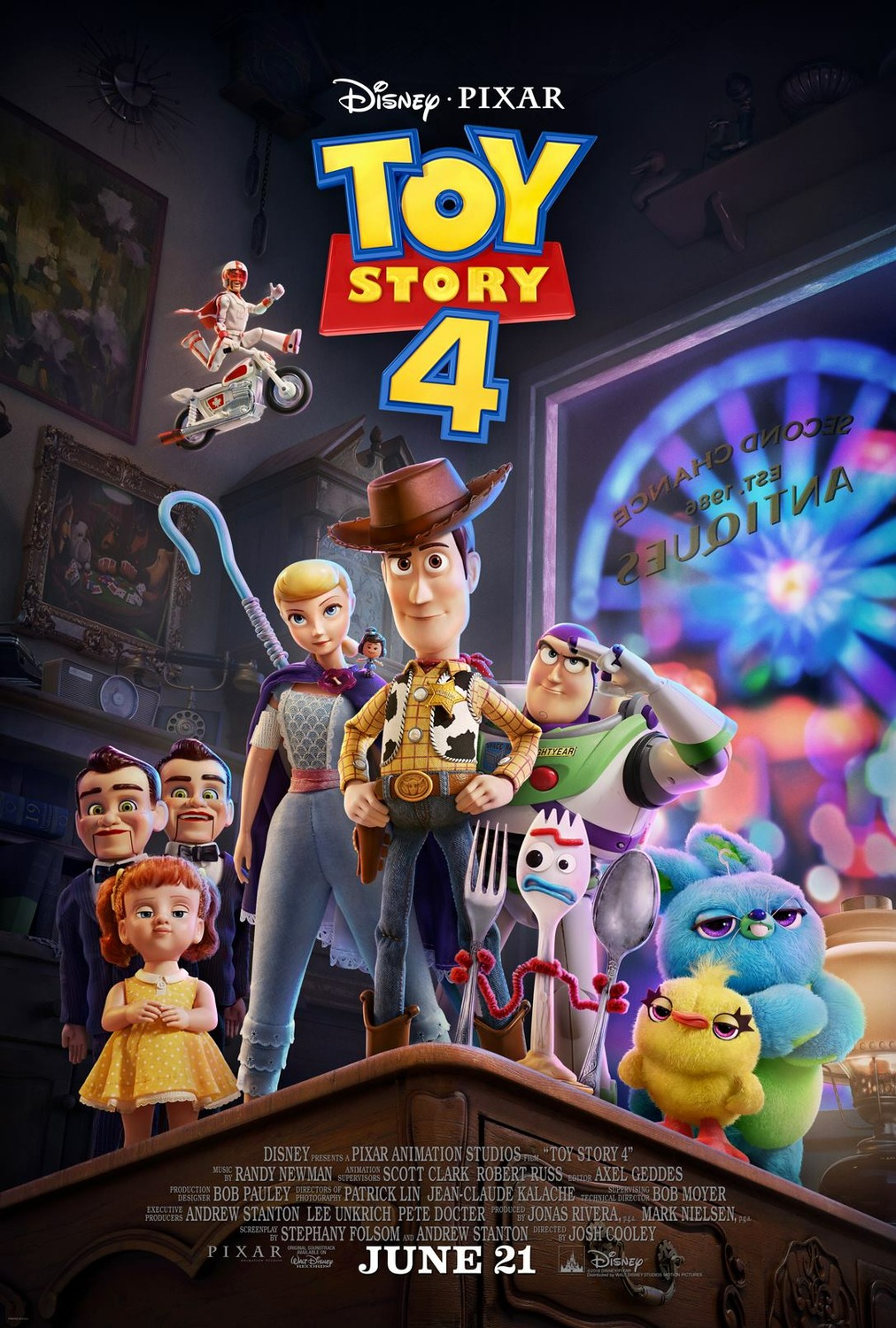 | Toy Story 4 Disney, Pixar June 21st, 2019 100 minutes Rated G Directed by Josh Cooley | |



